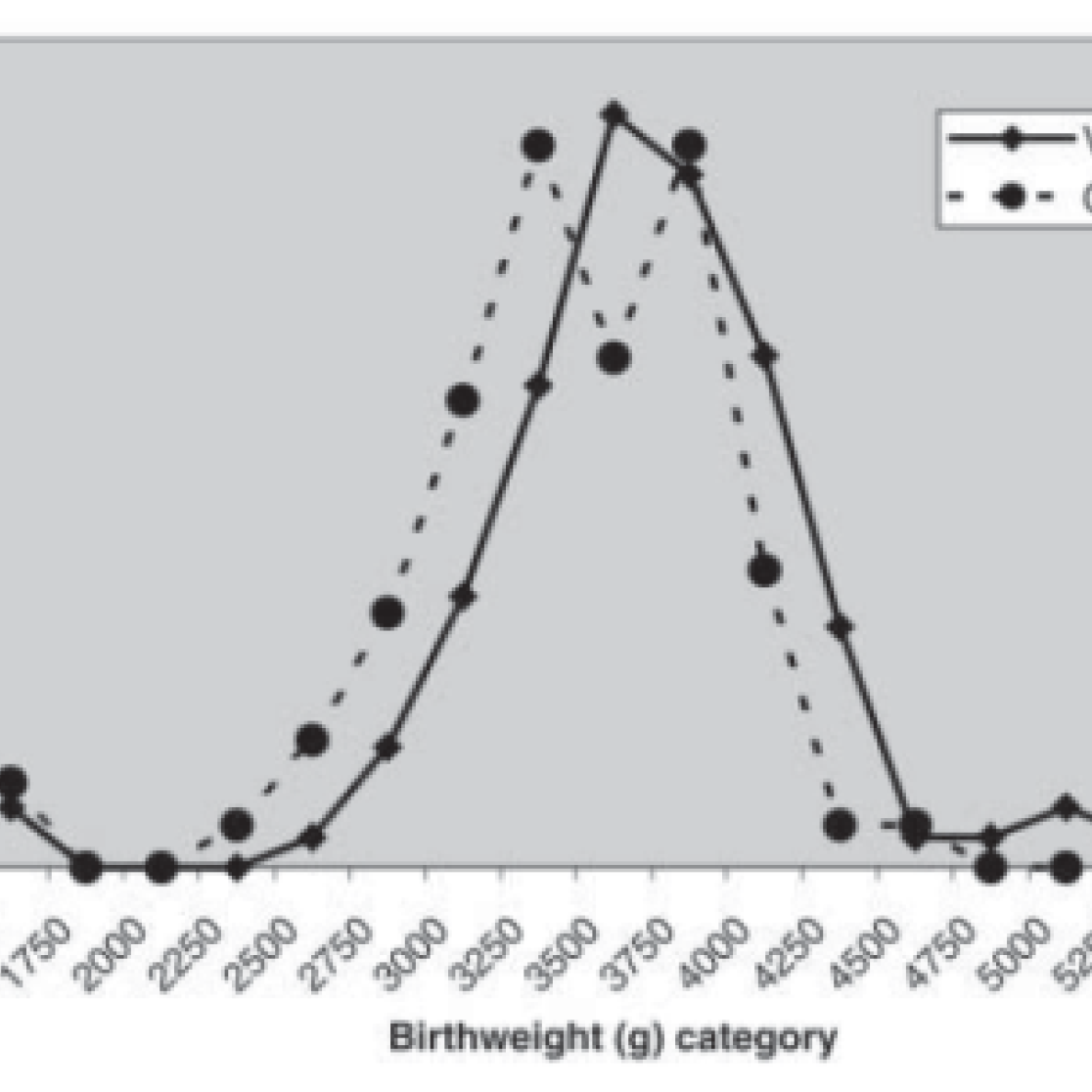Research Early Embryo Development
IVF offspring (also singletons) are at an increased risk for low birth weight compared with spontaneously conceived children. This finding might have far reaching consequences since a lower birth weight is, over the whole range, correlated with an increased risk for chronic adult diseases like diabetes and cardiovascular diseases (also known as the developmental origins of health and disease (DOHaD) concept). Regarding the aetiology of the IVF induced growth retardation, both patient-related factors and IVF factors like superovulation or in vitro culture can be involved. We focused on the latter. In the first semi-randomized study comparing two different commercially available human IVF culture media, we found a significant difference in birth weight of 112 grams (after adjustment for confounders) between the two groups. Also the number of children with low birth weight (LBW, <2500 grams) and LBW for gestational age was significantly increased in one culture medium group. Foetal ultrasound examinations at 7, 12 and 20 weeks of gestation revealed that this growth difference was apparent as early as the second trimester of pregnancy which makes a reasonable case for a true medium effect instead of a maternal factor.

At present, we have neither an idea about the health effects of these differences in birth weight for this IVF population, nor do we know which culture medium is the best. Nevertheless, the fact that culture medium can have such an effect urges for more research and led us to focus on the embryonic environment in relation to the DOHaD concept.
The effects of suboptimal human embryonic environment are investigated at four levels